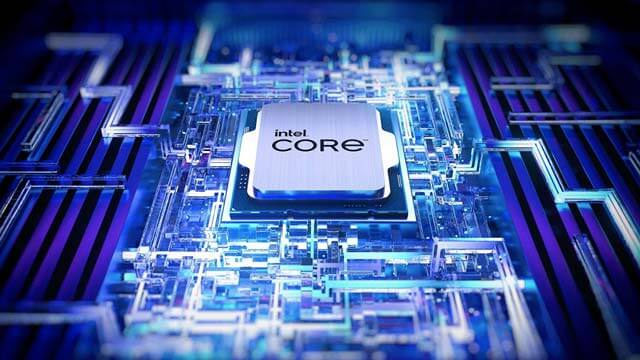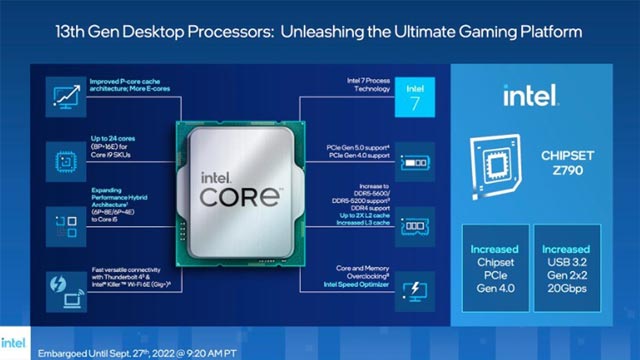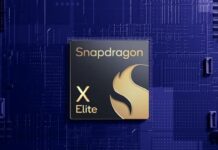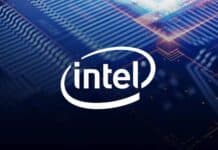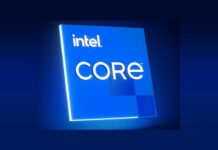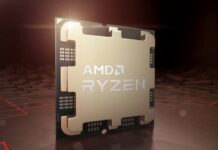At the Intel Innovation 2022 event, Intel unveiled the first 13th Gen Core processors, including the high-end i9-13900K processors. Intel has only shown 6 of its 13th Gen processors so far but says the 13th Gen desktop lineup will have 22 processors. This post is interesting because it comes just days after AMD announced its desktop processors in October, which set the stage for an epic semiconductor duel.
Intel 13th Gen Processors Details
Intel announced that its 13th-generation CPUs are based on an improved version of the Intel 7 process, previously used in 12th-generation processors. While the manufacturing process remains the same, the new CPUs come with several improvements such as better power efficiency and a larger core count.
For example, the new Core i9 CPUs now have up to 24 cores (core 8p and core 16e) with a boost frequency of 5.6 GHz, making the new processor up to 15% faster and up to 41% faster in tasks. single-threaded. In multithreaded workloads.
(Also see: Intel Arc Pro A-Series GPUs Officially Launched)
Intel has also added some important new features to its latest CPUs. On the one hand, the amount of cache is increased, with the L2 cache increasing from 1MB to 2MB per P core and from 2MB to 4MB per group of E cores.
| Processor Name | Processor Cores/ Threads | Cache Size (L3/L2) | Turbo Frequency (P/E) | Base Frequency (P/E) | Base Power | Est. Price |
|---|---|---|---|---|---|---|
| Core i9-13900K | 24 (8P, 16E)/32 | 36MB/ 32MB | 5.8GHz/4.3GHz | 3.0/2.2 | 125 watts | $589 |
| Core i9-13900KF | 24 (8P, 16E)/32 | 36MB/ 32MB | 5.8GHz/4.3GHz | 3.0/2.2 | 125 watts | $564 |
| Core i7-13700K | 16 (8P, 8E)/24 | 30MB/ 24MB | 5.4GHz/4.2GHz | 3.4/2.5 | 125 watts | $409 |
| Core i7-13700KF | 16 (8P, 8E)/24 | 30MB/24MB | 5.4GHz/4.2GHz | 3.4/2.5 | 125 watts | $384 |
| Core i5-13500K | 14 (6p, 8E)/20 | 24MB/20MB | 5.1GHz/3.9GHz | 3.5/2.6 | 125 watts | $319 |
| Core i5-13500KF | 14 (6p, 8E)/20 | 24MB/20MB | 5.1GHz/3.9GHz | 3.5/2.6 | 125 watts | $294 |
The new chip also supports PCIe Gen 5.0 and can use up to 16 lanes on current processors. Finally, the new processor supports both DDR5-5600 and DDR5-5200 RAM speeds, which is a step above the maximum DDR5-4800 limit of the previous generation of processors.
Enhanced Intel Speed Optimizer, Intel Extreme Memory Profile (XMP) 3.0 ecosystem, and Intel Dynamic Memory Boost are also supported.
Intel 700 Series Chipset Details
In addition to the Raptor Lake processors, Intel released the new Intel 700 chipset which includes eight additional PCIe Gen 4.0 lanes, increasing the total number of PCIe lanes to 28, and increasing the number of USB 3.2 (20Gbps) ports. Additionally, it adds support for DMI Gen 4.0, which boosts the chipset’s CPU-to-CPU transfer speeds, enabling faster access to peripherals and networks.
Intel also announced that the new 13th-generation processors will be backward compatible. This means you can use the latest technology with older 600 series motherboards.
Price
According to Intel, the CPU and the office cards “K” and Z790 will first be available on the preferred desktop system provided by the third-party OEM, according to Intel.
Despite reported price increases, the top-end i9-13900k will retail for $589, the same price as the i9-12900K at launch. After the i9 model comes to the i7-13700K, priced at $409. At the bottom of the spectrum is the Core i5-13500K, which will retail for $319. At the time, Intel also presented the KF version of its processor, which does not have an integrated graphics card. The i9-13900KF will cost $564, while the i7-13700KF will cost $384.
Intel’s new 13th Gen processors come at an unusual time, just 10 months after the launch of 12th Gen processors. However, Intel’s rapid growth was expected in recent years, with AMD chips far outstripping its weight. Can 13th Gen processors compete? See you on October 20. So what do you think of Intel’s 13th generation announcement? Are you as excited as we are? Let us know in the comments below.

